Laboratory
A LABORATORY GUARANTEEING THE REPEATABILITY AND PERFORMANCE OF OUR COMPONENTS
In order to ensure the quality of its components, and to guarantee the proper functioning of your applications, France Joint has a test laboratory that incorporates many technologies which allow the following physicochemical tests to be carried out:
Hardness
The hardness test is carried out using checking devices that make it possible to express the result found in Shore A, Shore D, or in IRHD DIDC. The test must be carried out at 23°C +/-2, no less than 16 hours after the last vulcanisation, on samples which have not been subjected to mechanical stress in the meantime.
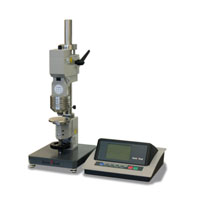
EN Shore A / Shore D
- Test on samples only
- Minimum thickness: 6.00 mm
- Minimum diameter: 30.00 mm
- Duration of penetration: 3 seconds
- Standards: ISO 868 - ISO 7619 - ASTM D2240
In IRHD DIDC
- Test on samples and finished parts
- Thickness from 1.50 mm to 2.50 mm in "M" operating mode
- Thickness from 8.00 mm to 10.00 mm in "N" operating mode
- Duration of penetration: 30 seconds
- Standards: ISO 48 - ASTM 1414 - ASTM 1415
Density
A body’s density or relative density is the ratio of its density to the density of a body taken as a reference. The reference body for liquids and solids is pure water.
.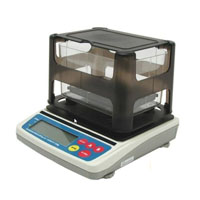
Residual deformation in compression
Residual deformation in compression is a method of measuring the ability of elastomers to maintain their elastic properties at specified temperatures, after prolonged compression at constant strain.
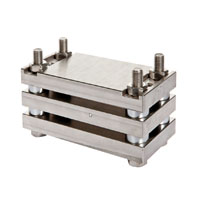
Standards : ISO 815 - ASTM D395
Tensile strength, Elongation at break, Tensile modulus 100% to 300%
Tensile strength and modulus are generally expressed in MPa, and the elongation at break in %. Once placed in the measuring device’s jaws, the standardised test piece is stretched at a constant speed (approximately 500 mm/min) until completely breaking. This test makes it possible to describe the physical properties of elastomers and to understand their limits in terms of resistance to stress, from stretching when the joints are mounted by extension, and resistance to extrusion.
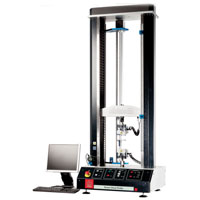
Standards : ISO 37 - ASTM D412
High temperature resistance
The high temperature test makes it possible to describe the aging behaviour of elastomers at very high temperature (up to +300°C).

Standards : ISO 815 - ASTM D395
Low temperature test - TR - Brittleness
The tests carried out at low temperature can be carried out in several ways, depending on the results one seeks to obtain. Through samples, the TR test makes it possible to precisely measure elastic return at low temperature, and the Brittleness point test makes it possible to measure the elastomer’s embrittlement temperature at low temperature.
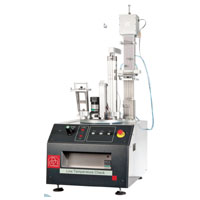
Standards : ISO 2921 - ASTM D1329 - ASTM D746 - ISO 812 - ISO 974 - ASTM D2137
Elastomer aging resistance
It is essential to know the liquid or gaseous fluids in contact with which the material will have to operate, as well as the operating temperature. In addition to hardening or softening, loss of stiffness or elasticity, loss of tension, deformation relaxation, volume change by swelling or contraction, can be seen through the volume variation test. These tests are performed either in the actual application medium or in standardised test fluids (ASTM no. 1, IRM 902 and IRM 903 oils, ASTM A to C fuels).
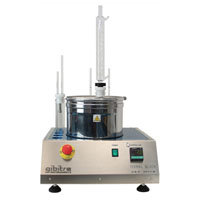
Standards: ISO 1817 - ASTM D471
